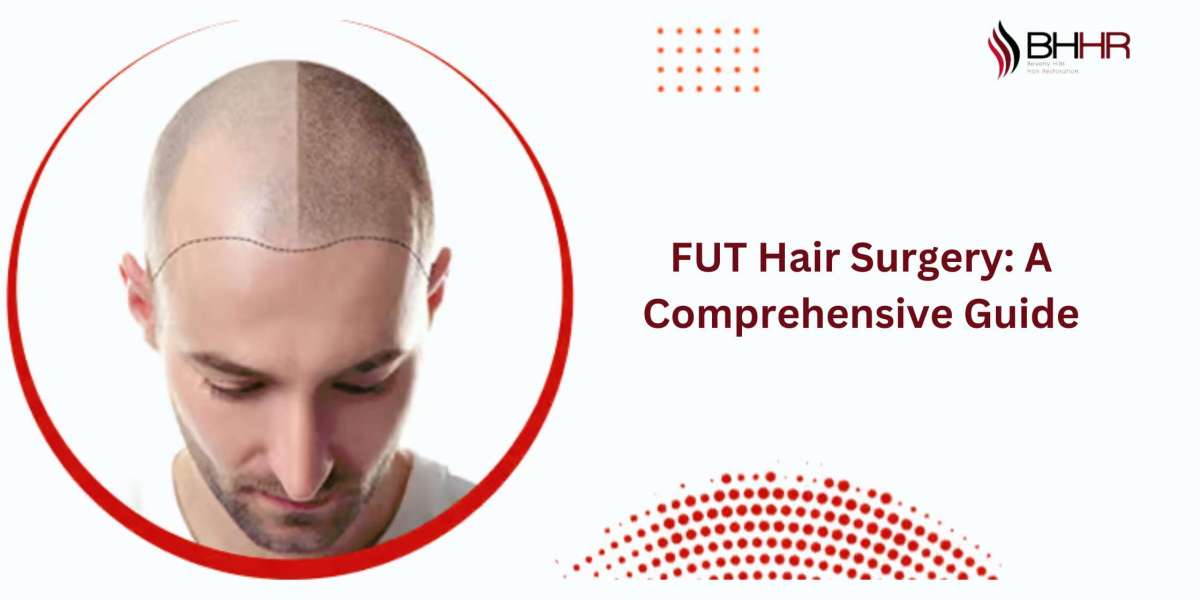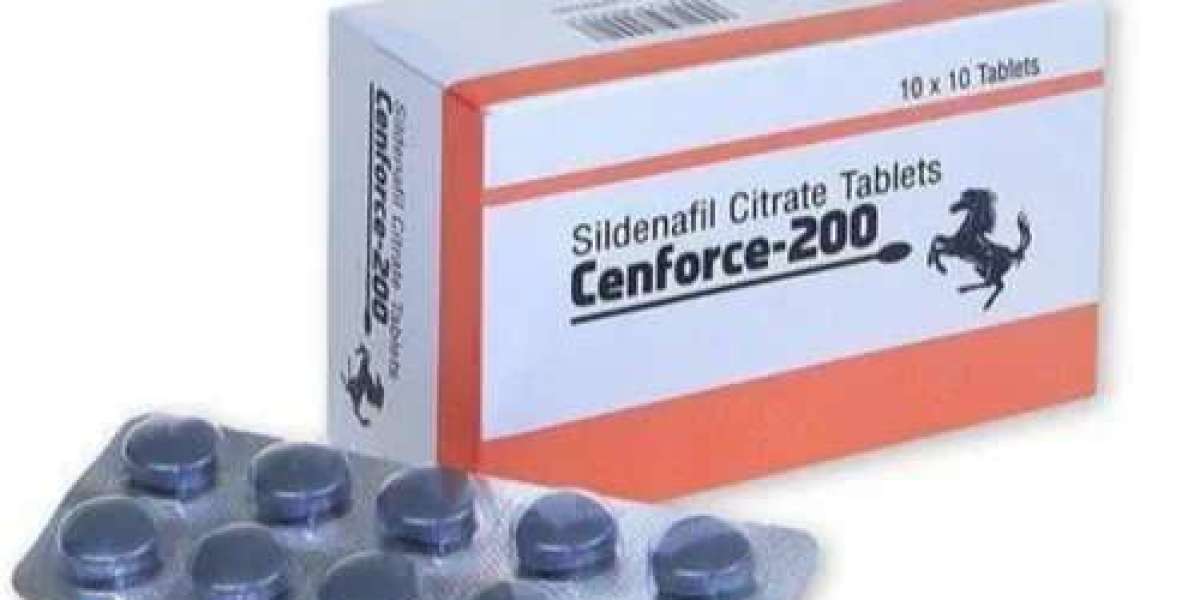When it comes to hair restoration, one term that frequently pops up is FUT hair surgery. But what exactly is it? Follicular Unit Transplantation is a popular method of hair transplantation in which a strip of scalp is removed and then divided into individual grafts for transplantation. This technique is renowned for its effectiveness and natural-looking results.
Understanding Hair Loss
Causes of Hair Loss
Hair loss affects millions of individuals globally, and it can be an uncomfortable condition. The main culprits are hormonal fluctuations, genetics, illnesses, and some drugs. To choose the best course of action, it is imperative to determine the underlying problem.
Psychological Impact of Hair Loss
The psychological effects of hair loss are profound and frequently result in social anxiety and low self-esteem. Hair restoration methods like FUT can alleviate physical and psychological symptoms, boost self-esteem, and enhance overall well-being.
FUT vs. Other Hair Restoration Techniques
FUT vs. FUE
Two main hair restoration techniques dominate the field: FUT and FUE (Follicular Unit Extraction). While both aim to restore hair growth, they differ in method and outcome. Although FUE harvests individual hair follicles, FUT entails removing a strip of the scalp.
Advantages of FUT
FUT offers several advantages, including a higher yield of hair grafts and better results for extensive hair loss. The technique also tends to be more cost-effective compared to FUE.
Disadvantages of FUT
On the flip side, FUT leaves a linear scar, which may concern some. The recovery time is also slightly longer compared to FUE.
The FUT Hair Surgery Procedure
Pre-Surgery Consultation
Before undergoing FUT, a thorough consultation with a qualified surgeon is essential. This involves discussing medical history, expectations, and any potential risks.
The Day of Surgery
On the day of the surgery, the patient undergoes local anesthesia. The surgeon then removes a strip of scalp, usually from the back of the head, which is less prone to balding.
Step-by-Step Breakdown of the Procedure
- Scalp Strip Removal: A strip of the scalp is removed from the donor area.
- Dissection into Grafts: The strip is dissected into individual grafts containing one to four hairs.
- Preparing the Recipient Area: Tiny incisions are made in the balding areas.
- Graft Insertion: The grafts are meticulously placed into the incisions, ensuring a natural growth pattern.
Recovery and Aftercare
Immediate Post-Surgery Care
Post-surgery, patients can expect some swelling and discomfort, which can be managed with prescribed medications. To avoid complications, following the surgeon's aftercare instructions is crucial.
Long-Term Aftercare
Long-term care includes gentle handling of the scalp, avoiding strenuous activities for a few weeks, and regular check-ups with the surgeon to monitor progress.
Potential Complications and How to Handle Them
While FUT is generally safe, potential complications include infection, scarring, and unnatural hair growth patterns. Prompt medical attention and adherence to aftercare guidelines can mitigate these risks.
Expected Results
Timeline of Hair Growth
Hair growth post-FUT surgery typically follows a timeline: initial shedding of transplanted hair, followed by new growth starting around three months, with significant improvement visible by the six-month mark and full results by one year.
Before and After Expectations
Patients can expect a natural-looking hairline and improved hair density. Before-and-after photos can be encouraging, showcasing the transformation and boosting confidence.
Choosing the Right Surgeon
Credentials to Look For
Selecting a qualified surgeon is critical for a successful outcome. Look for board-certified specialists with extensive experience in FUT procedures.
Questions to Ask During Consultation
During the consultation, ask about the surgeon's experience, success rates, potential risks, and the estimated procedure cost. Clear communication ensures realistic expectations.
Cost of FUT Hair Surgery
Factors Affecting Cost
FUT costs vary based on factors like the surgeon's expertise, the extent of hair loss, and geographic location. It's essential to get a detailed quote during the consultation.
Is It Worth the Investment?
While the cost may be high, many find FUT a worthwhile investment for its long-lasting results and confidence-boosting benefits.
Conclusion
FUT hair surgery remains a highly effective solution for those battling significant hair loss. Patients can attain excellent, natural-looking outcomes that increase confidence and improve their quality of life with the correct surgeon, appropriate aftercare, and reasonable expectations. Knowing the ins and outs of FUT can help you make an informed choice, regardless of whether you're just beginning to consider your options or are prepared to leap.
Read More: Understanding FUT Transplant: A Comprehensive Guide to Hair Restoration
FAQs About FUT Hair Surgery
What is the success rate of FUT hair surgery?
The success rate of FUT hair surgery is generally high, with most patients experiencing significant hair growth and satisfaction with the results.
How painful is the procedure?
The treatment is painless in and of itself due to local anesthetic, though recovery may cause some discomfort and edema.
Can women undergo FUT hair surgery?
Yes, women can also benefit from FUT hair surgery, particularly those with extensive hair loss who are not amenable to other treatments.
How long does the surgery take?
The length of the surgery varies, but depending on how many grafts are being transplanted, it usually takes 4 to 8 hours.
What are the long-term effects?
Long-term effects of FUT include a permanent solution to hair loss with natural-looking results. However, maintaining a healthy scalp and following aftercare guidelines are essential for optimal outcomes.








